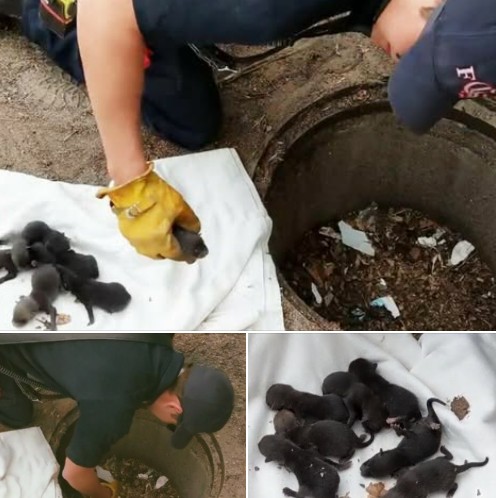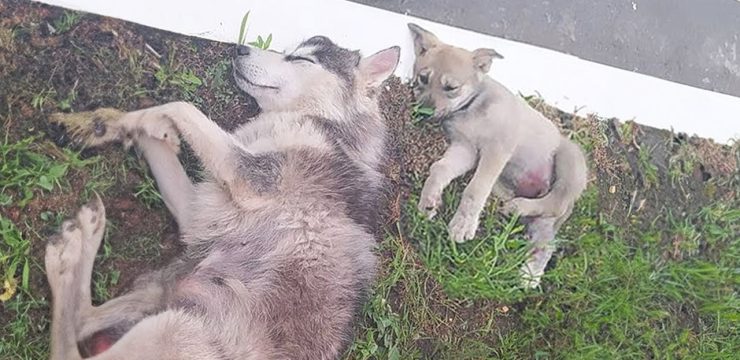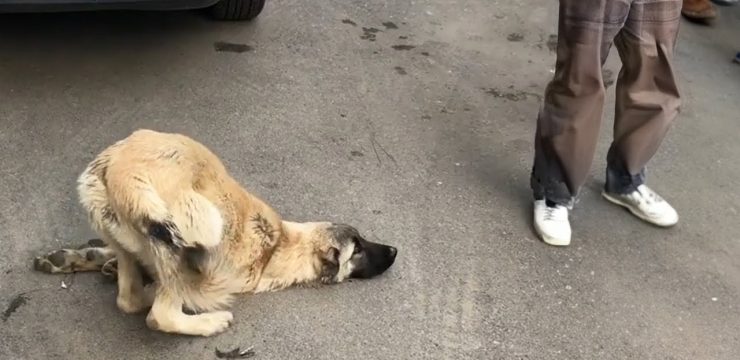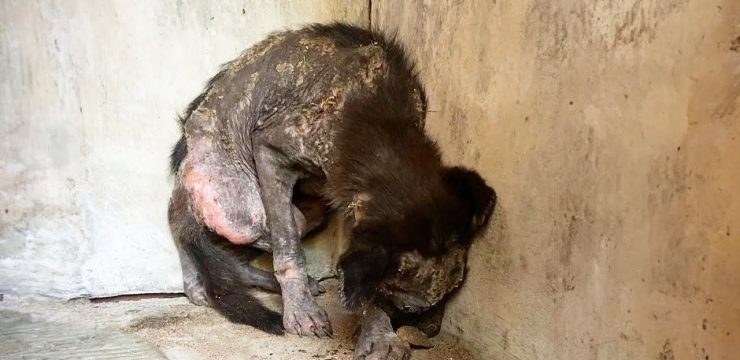Rescuing animals can be one of the most rewarding yet emotionally intense experiences a person can go through. It often requires courage, quick thinking, and a deep sense of compassion. But it can also come with significant stress, especially when the animal is in a precarious or hard-to-reach location. Whether it’s a kitten stranded on a rooftop, a deer caught in a fence, or a frightened animal hiding in a narrow crevice, rescue operations are rarely straightforward. They demand a specific kind of person—someone who is calm under pressure, physically capable, and willing to do whatever it takes to save a life. That’s one of the many reasons firefighters are often so effective in these scenarios. Their training, discipline, and teamwork make them well-suited for emergency animal rescues that require both precision and compassion.

Back in 2018, a situation unfolded in Colorado Springs that perfectly demonstrated this dynamic. Fire Captain Brian Vaughan received an urgent call about a group of animals trapped in a storm drain. The caller believed they had discovered a litter of abandoned black Labrador puppies. The urgency was clear—eight tiny lives were at stake, and they needed immediate help. Without hesitation, Vaughan and his team headed to the scene. Within 20 minutes of arrival, the firefighters had carefully removed all eight pups from the drain. Thankfully, none appeared to be injured. They were small, squirmy, and covered in muck, but otherwise seemed healthy. The team handed them over to the Humane Society of the Pikes Peak Region, a local rescue organization dedicated to caring for vulnerable animals.
It wasn’t until the puppies were examined by veterinary staff that the true nature of the rescue was revealed. One of the vets took a closer look and made a startling observation—these weren’t puppies at all. Despite their similar size and dark fur, these animals were actually baby red foxes. “One of the vets at the place said, ‘No, these are not Labradors, they’re foxes,’” Vaughan explained in an interview with CBS Denver. The revelation shifted the entire tone of the rescue. What was initially believed to be a case of pet abandonment had turned into a wildlife encounter, something not uncommon in areas near the Rocky Mountains. The terrain and environment are rich with wildlife, and red foxes are among the many species that call the area home.
Travis Sauder, a district manager for Colorado Parks and Wildlife, wasn’t surprised by the mix-up. In fact, he explained that this kind of situation happens more often than people think, especially during certain times of the year. “This time of year there are a lot of animals that are starting to have their young, and they have them in small dens that are places that we can encounter when we’re recreating in the outdoors like we like to do,” Sauder said. Springtime, in particular, is when wild animals such as foxes, raccoons, and birds begin raising their young. The dens they choose are often inconspicuous and located in areas people may inadvertently stumble upon—like under porches, inside hollow logs, or in this case, within a storm drain.
Understanding that these were wild animals changed how the situation needed to be handled. The rescue team, now working in collaboration with wildlife officials, decided the best course of action was to return the fox kits to the drain where they were found. The goal was to give their mother the opportunity to return and care for them as nature intended. According to Sauder, “These animals are going to be put back where we found them hoping that the mother is still in the area and can pick up the normal duties like she would. If the mom’s not around anymore, we can take them to a licensed rehab.” Wildlife rehabilitation centers can provide care, but experts agree that a mother fox is the best caregiver for her own young whenever possible.
This story highlights an important lesson when it comes to interacting with wild animals—good intentions aren’t always enough. While it’s human nature to want to help, especially when we believe young animals are in distress, it’s always best to call an expert before taking action. Wildlife professionals are trained to assess the situation properly and make decisions that are in the best interest of the animals. Mistaking wild animals for domestic ones, as happened in this case, can lead to unintended consequences. Removing young animals from their den unnecessarily might actually decrease their chances of survival.
That said, the firefighters involved in this rescue acted with genuine concern and love for animals, and their fast response prevented potential injury or death. Even though the situation turned out differently than expected, their willingness to step in when needed reflects the compassion that drives so many first responders and animal lovers alike. In the end, the fox kits were handled with care, and steps were taken to ensure their best chance at survival—either through natural reunion with their mother or specialized rehabilitation if necessary.
This heartwarming story is a reminder of the importance of understanding wildlife and respecting their habitats. It’s also a testament to the impact that trained professionals and kind-hearted individuals can have when they come together in service of the vulnerable. Whether the animals we rescue are domestic pets or wild creatures, each life is valuable and deserving of compassion. If these young foxes are fortunate, their mother will return, and life will resume in the quiet protection of their den.
For now, we can only hope for the best and admire the quick thinking and empathy that led to this unique rescue. If you believe in treating all animals with kindness, whether they bark, meow, chirp, or howl, take a moment to share this story. You never know who might need to be reminded that every creature matters.





